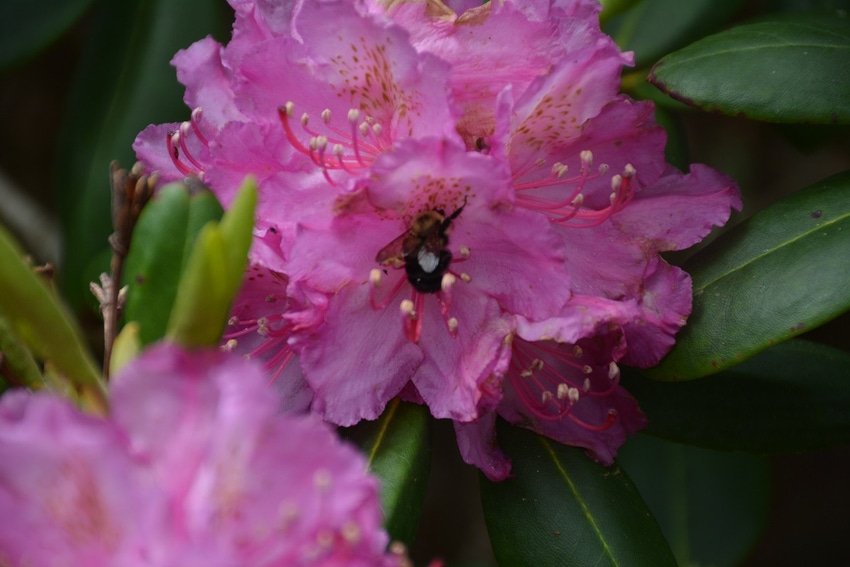
Honeybees, and other pollinators, provide an invaluable service to food production, and farmers, beekeepers and society at large are justified in concerns over declining bee populations.
Reversing that trend will require a cooperative effort that includes all stakeholders, says a Texas Department of Agriculture spokesman.
Dale Scott, TDA coordinator for Pesticide Product Registration and Evaluation, says honeybee losses can’t be tied to one factor. “It’s a complex problem,” he said during a recent presentation to the West Texas Agricultural Chemical institute annual conference in Lubbock.
Contributors to honey bee losses include: honey bee health, including overuse of domestic bees in places such as almond orchards; varroa mite infection and diseases; stress, including traveling all over the United States; lack of genetic diversity (most honey bee queens have come from the same line for many years); and pesticides.
For the latest on southwest agriculture, please check out Southwest Farm Press Daily and receive the latest news right to your inbox.
A managed pollinator protection plan (MP3 ) is recommended to get every stakeholder on board.
“The goal is to increase communication between beekeepers and applicators,” Scott said. “We want to reduce the number of managed pollinator losses due to pesticides. This will be the responsibility of both the beekeeper and the applicator.”
Voluntary plan
He emphasizes that the MP3 is a voluntary plan, “not regulations.’
The core elements of the plan include:
Stakeholder participation.
A method to know if managed bees are near a treatment site;
A method of communication between growers and beekeepers;
Best management practices to minimize acute risk of pesticide to bees;
A clear, defines plan for public outreach;
A process to review and modify the plan; and,
A mechanism to measure the effectiveness of the plan.
Scott said pesticide application is a factor in honey bee decline but may not be as significant as some propose. The varroa mite is a big problem,” he said. Stress, traveling all over the country also affects bee health.
“Lack of genetic diversity is being addressed,” he said. “the industry is trying to introduce queens from other regions.”
About the Author(s)
You May Also Like






